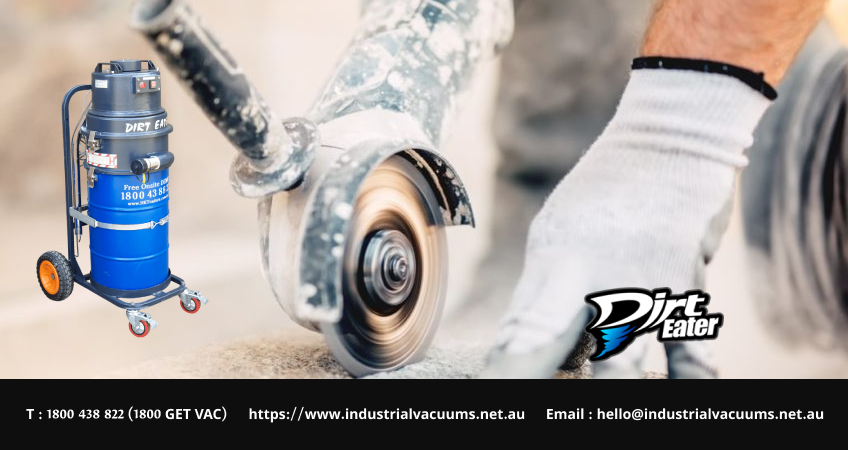The use, supply and manufacture of all engineered stone will be prohibited from 1 July 2024.
Some exceptions will be made for the removal, repair, minor modification, and disposal of engineered stone products installed prior to the prohibition (legacy products), as well as appropriate exceptions for engineered stone products with trace levels of crystalline silica (under 1%).
What is engineered stone?
Engineered stone: An artificial product composed of natural stone materials mixed with other chemicals like water, resins, or pigments, and undergoing a hardening process.
Characteristics:
Contains crystalline silica.
- Exemptions:
- Concrete and cement products.
- Bricks, pavers, and similar blocks.
- Porcelain products.
- Ceramic wall and floor tiles.
- Roof tiles.
- Grout, mortar, and render.
- Plasterboard.
- Engineered stone products with trace levels of crystalline silica (less than 1% by weight).
Why is the ban necessary?
- Rates of silicosis and silica-related diseases in Australian workers have risen substantially in recent years, with a disproportionate number of diagnoses in engineered stone workers.
- When engineered stone is processed, the dust generated has different physical and chemical properties that likely contribute to more rapid and severe disease.
- There is no scientific evidence for a safe threshold of crystalline silica content in engineered stone, or that lower silica content engineered stone is safer to work with.
A reminder that in the lead-up to the ban, for tasks where the engineered stone is used:
- employers continue to have a legal duty to protect workers by managing the health and safety risks from silica dust
- workers also continue to have a legal duty to take reasonable care of their own, and others, health and safety at work.
For further information, visit our silica in engineered stone workplaces page.
If you have engineered stone products already installed
Engineered stone products do not pose a safety risk after installation in your home or workplace as long as they remain undisturbed. Health and safety risks may arise if silica dust is generated during any modification, repair or removal work.
Arrangements for working with legacy products, such as removal, modification, repair work, and disposal, will be managed by jurisdictions based on a national framework developed by Safe Work Australia, due to be provided to Ministers by the end of February 2024.
More information
Further information on the ban on engineered stone is available on the Safe Work Australia website.

